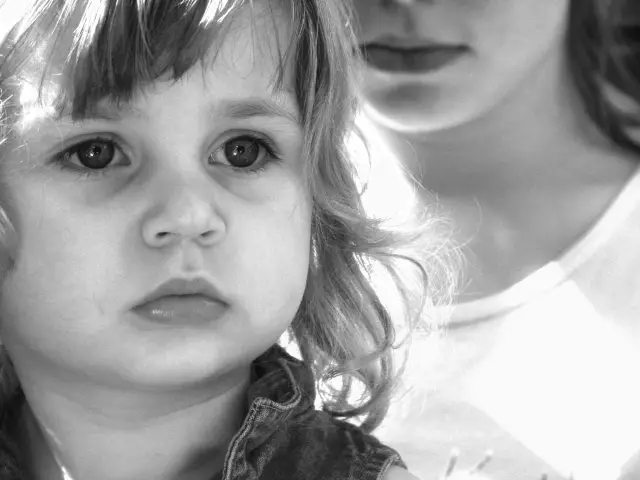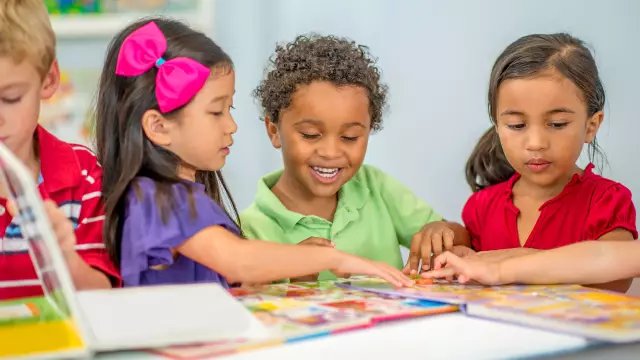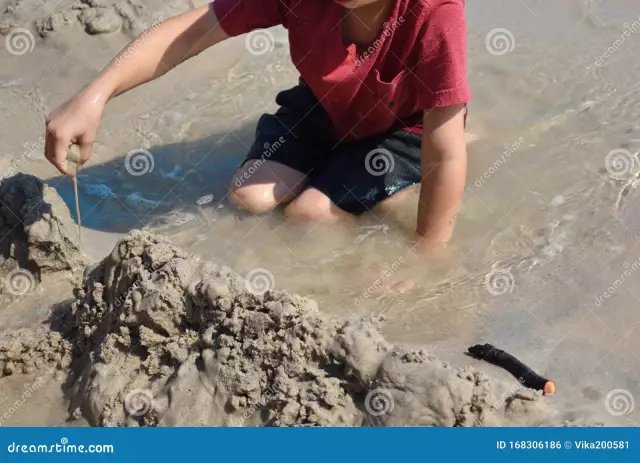- Author Rachel Wainwright [email protected].
- Public 2023-12-15 07:39.
- Last modified 2025-11-02 20:14.
Hardening of preschool children

Hardening of preschool children helps to increase immune defenses and less likely to get sick with infectious diseases. Hardening is based on regular training of the body to changes in ambient temperature.
Benefits of hardening preschool children
When they talk about a healthy lifestyle, hardening is the first thing that comes to mind. It is especially important for young children, because their body is still unable to quickly and adequately respond to various changes in the environment.
Experts recommend starting hardening from the first days and carrying it out regularly.
Indeed, even in children of preschool and primary school age, the mechanisms of thermoregulation are still not fully functioning in order to cope well with overheating or hypothermia.
Hardening preschool children allows them to adapt faster when entering kindergarten and then get sick less often.
General principles of hardening
Before hardening young children, you should understand a number of rules, without which this procedure will not only not be beneficial, but may even harm.
Any hardening is ineffective without regularity. Only systematic hardening procedures without reference to the season give a positive result.
Hardening of young children should be started only in a healthy state. Even for a healthy body, hardening procedures are stressful for the first time, and the condition of a sick child against their background can worsen.
The intensity, frequency and duration of all hardening procedures should be increased gradually, observing how the baby has endured the previous load.
The hardening program for young children should be built for each child individually, depending on his physical and mental abilities.
The sequence in the use of various hardening factors is also important - they always start with simpler ones (air and sun baths), gradually moving on to strong ones (rubbing, dousing with cold water).
The best solution would be to fit a set of hardening activities into the daily routine of the child's day, as well as combine them with other activities, for example, while walking or doing physical exercises.
Any hardening of preschool children should be carried out only when they are in a good mood, because how they react to hardening depends on this, and will directly affect its regularity.
Tempering methods for young children
In hardening, non-special and special methods can be distinguished. Non-special methods mean the creation of appropriate conditions for hardening preschool children - clothing for the weather, clean fresh air and its temperature.
In order to meet all the requirements for indoor air quality, it is ventilated through a through method up to 5 times a day. This pulsating ventilation helps children develop resistance to cold.
Special methods are directly tempering activities, they depend on the season of the season on the street and the specific capabilities of the given preschool institution.
It will be optimal if both special and non-special methods of hardening preschool children are available for reproduction at home.
Air hardening
Air hardening is the easiest and most affordable way for children. The hardening effect on the body is exerted by such characteristics as temperature, percentage of moisture and particle movement.
The hardening of preschool children begins with air baths, for example, during changing clothes, morning exercises, then sleep is connected with an open window - first only during the day, and then at night (in summer). It is optimal to keep the room temperature 18 - 20 degrees.
In school-age children, air hardening is more intensively carried out during walks in the fresh air for 3 - 4 hours under any weather conditions. Clothes for walking should be warm enough and at the same time lightweight so as not to impede active movements.
Tempering preschool children with the sun's rays

The sun affects the human body in the same way as all living things. It stimulates growth, speeds up metabolic processes, strengthens the nervous system, and increases the body's resistance to infections.
The sun's rays are a rather intense and dangerous hardening factor. Excessive exposure to direct sunlight can cause various undesirable reactions - from weakness and malaise to sunstroke.
They begin hardening by the sun in young children in the shade of trees, then they switch to local sunbathing of individual parts of the body (arms, legs), gradually increasing the duration of sunbathing. This should be done in the morning or in the evening, carefully observing the well-being of the kids. Start with a sunbathing duration of 4 minutes, gradually increasing the time in the sun to 30 minutes. The hardening of school-age children is completed by pouring water. Headgear and drink are prerequisites for sun hardening.
Water hardening
Water is the most powerful hardening factor. For preschool children, hand washing is mandatory in the daily routine - in the morning, before and after eating, after using the toilet and walking. In addition to the hygienic value, washing hands with cool water has a hardening role. After a while, you can expand the water hardening mode - alternately wash your hands to the elbows, neck and face with warm and cold water.
Brushing the teeth with rinsing the mouth with cool water is one of the options for local hardening of the oropharynx. Gargling with cool water after meals has a good hardening effect. According to reviews, after a series of such rinses, the frequency of inflammatory diseases of the nasopharynx decreases.
General water hardening in children is recommended to start by wiping the body with a damp terry mitten. At first, only hands, feet and neck are wiped, gradually increasing the rubdown area, water temperature and duration of the procedure. After rubbing, rub the skin intensively with a dry towel. Only after such preparation can one proceed to douches.
They start pouring water with a temperature of 39 degrees, after 3-4 days it is reduced by 1-2 degrees. In the summer, you can douse yourself outdoors, in the cool season - indoors.
With this type of hardening of preschool children, like pouring, gradualness is also important. To get used to it, they start pouring down from their feet, gradually rising higher. General drenching is recommended from the age of 9 months. In addition to dousing, hardening water treatments include a shower from 1.5 years old and bathing in natural waters from 3 years old.
Found a mistake in the text? Select it and press Ctrl + Enter.






